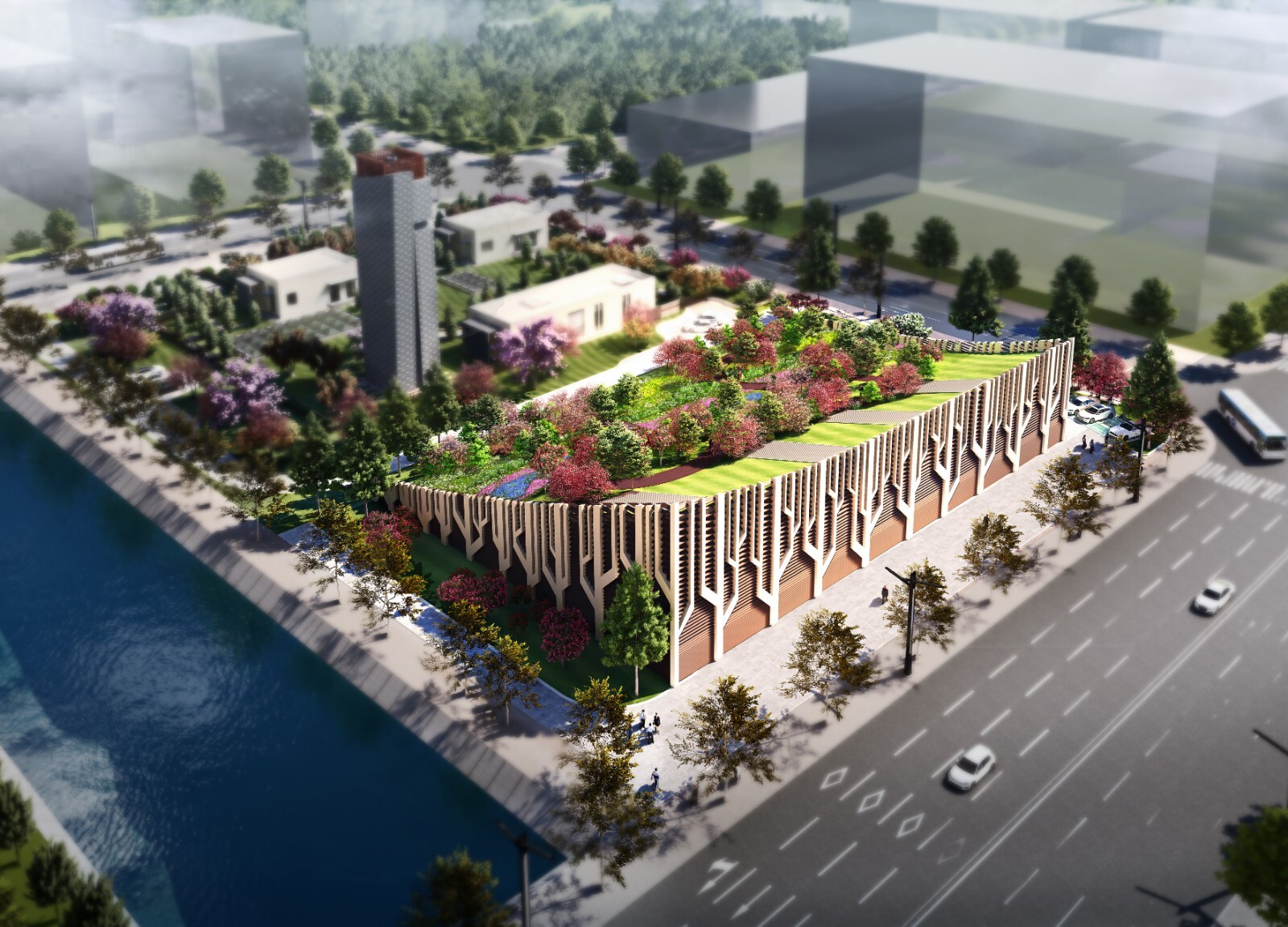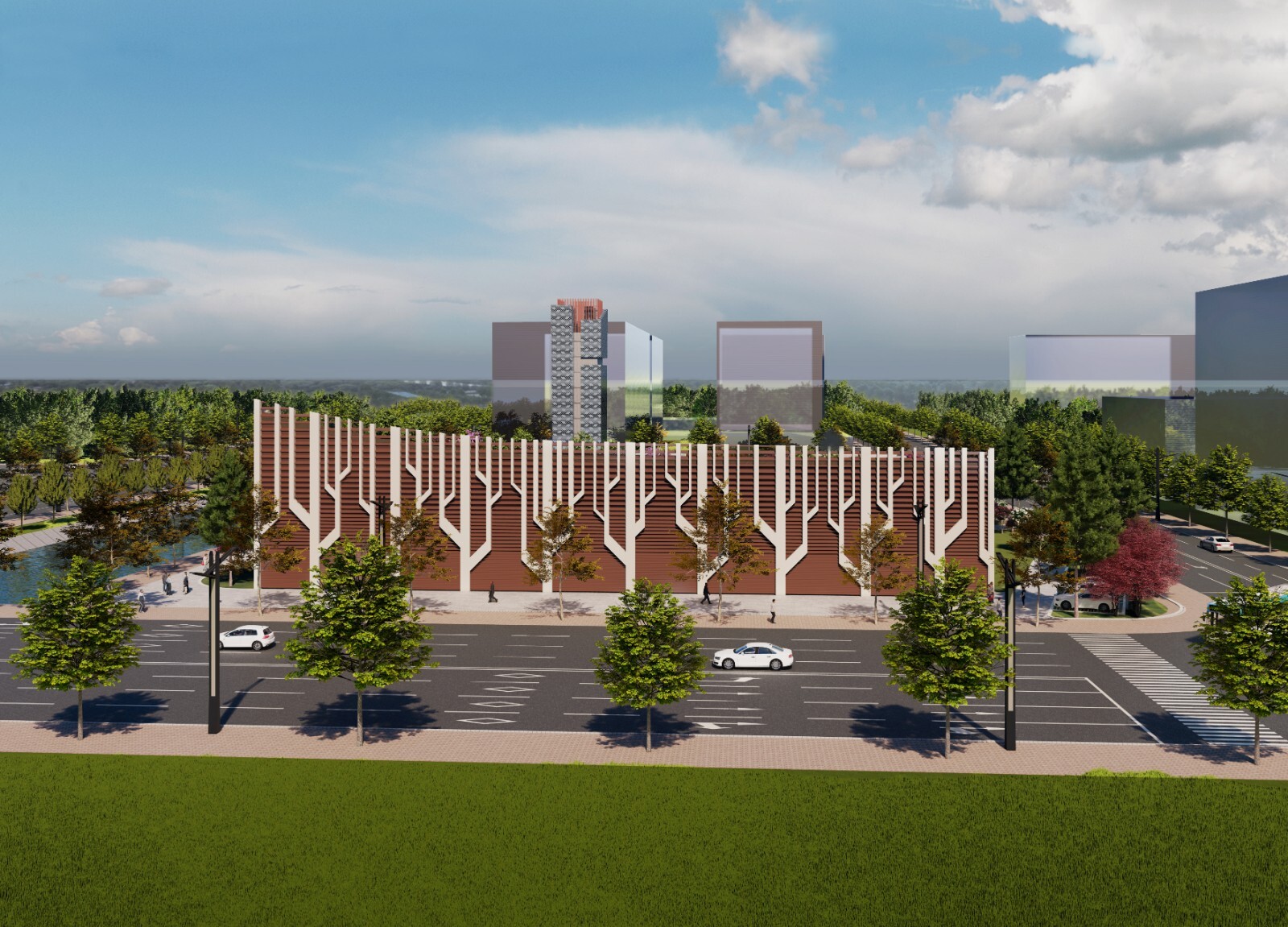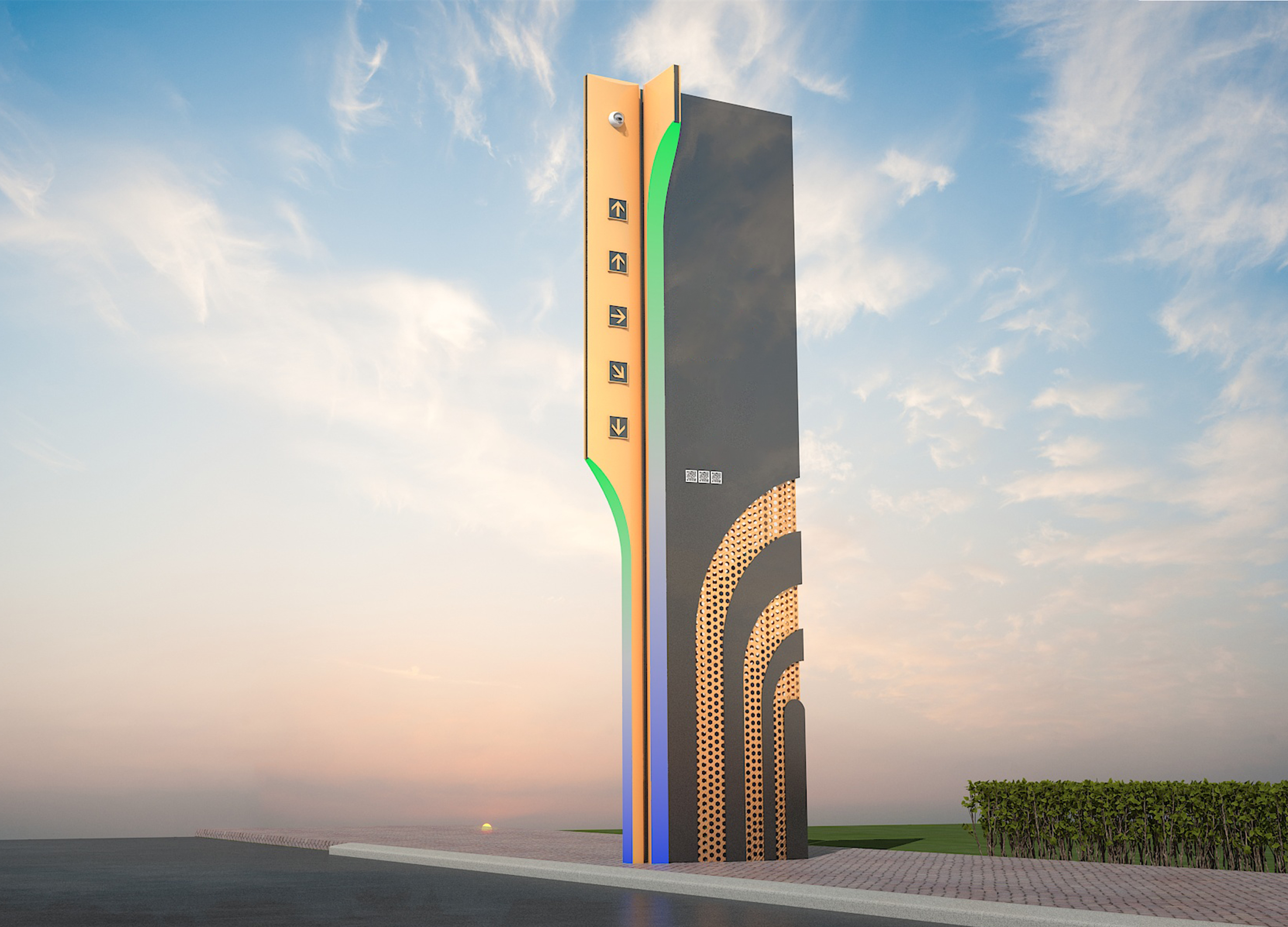Design for Garden-style Substation
Brand Name:State Grid Hebei Electric Power Supply Co.,Ltd.
Design Company Name:
Nationality / Region:China

Entry ID:2022-06-3028236
Entry Category:Product_Group
Categories:Public Facilities
Introduction
With high-speed railway running at the east, urban landscaping and water system at the south, and commercial land at both western and northern sides, Zangang 110kV Substation is designed to supply power for the core area of high speed railway. The substation has an area of 4,500m2 and is installed with 4×50MVA main transformers, with total investment of RMB 109.52 million.
The substation is creatively blended into surrounding landscape. It sets a precedent by making the cable compartment at the mezzanine floor and adopting stepped arrangement to provide a layered effect and raise the architecture gradually. The roof rises at defined gradient to enhance both the function and the appearance. Coupled with the roof garden design, the whole substation looks like a raised corner of the land, an urban forest, symbolizing green and vitality.
Tree-pattern geometric style and creative functional design are employed for the exterior of the substation to effectively upgrade the wind, luminous, acoustic and electromagnetic environment of the architecture. At night, the external wall forms a picturesque scene with the aid of landscape lighting.
The substation area blends into the city by adopting flexible battery limit, providing a recreational and exercising space for the neighborhood. The signature architectural shape and roof garden help to form place memory, promoting the sense of belonging for the neighboring residents. Doubling as public touring space, it greatly improves the urban space utilization rate.
The whole substation adopts 3-D design and is constructed with intelligent optical communication network. Combined indoor sewage and waste drainage is used to minimize the discarded water. Particular ventilation and heat dissipation system is selected to reduce the energy consumption. The noise level is greatly reduced by employing simulation design to optimize the positions of noisy points.






